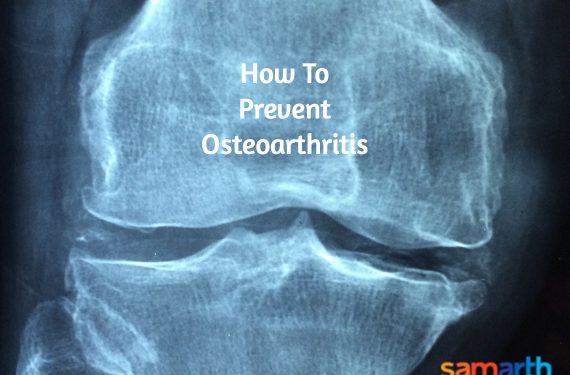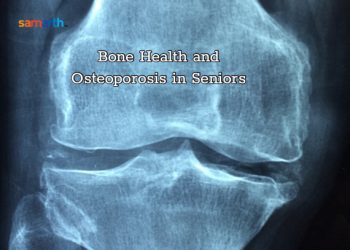This is a common term that we hear, especially among the seniors. Not many are clear about osteoarthritis, except to know that it is something to do with the bones or joints. But it is important to know more about it, as this is a very common problem among the elderly. According to World Health Organization (WHO) statistics, this disease is a major disability causing factor, worldwide. In fact, they say that around 9.6% men and 18% women who are in the age group of 60 years or above are afflicted with this. In India alone, it is said that 22 to 39% people suffer from this and it is the most prevalent joint disease.
What is osteoarthritis?
So, what is osteoarthritis and can it prevented or treated successfully? This disease is of two types, one that usually happens as a natural progression of age. The other could be due to some factors like injury, obesity, or any job that puts stress on the cartilages constantly. Basically, the bones degrade, either due to age or because the water content in the cartilages reduce because of some issues. In medical terms, it is characterized as a musculoskeletal disorder. This disorder results in stiffness, pain and difficulty in movement. Usually, the most commonly affected parts are the joints in knee, hips, spine, feet, hands etc.

Join Now >
It is said that worldwide 80% of the people affected have severe mobility issues, while at least 25% of affected people cannot manage to do their daily activities. These statistics certainly bring to the fore, the seriousness of this disease, and more importantly for the aged and the ageing population. Also, notably, it is more prevalent in women, than in men. As mentioned, the causes usually are factors like age, gender, obesity, sedentary lifestyle, genetics, injuries, or even certain occupations or deformities.
Symptoms
This is a disease that can be managed to a certain extent if diagnosed early enough. So, what are the symptoms to watch out for?
- Pain – Any pain in the joints that is constant, when you make any movement can be an indication of osteoarthritis.
- Stiffness – Stiffness in the joints, especially when you wake up in the morning, or after a prolonged period of inactivity, can be an indication of this disease.
- Tenderness – You can feel that tenderness in the joints when you touch them or put a little pressure on it.
- Grating sounds – At times, you may even hear some grating sounds, when you move a particular joint. This too may suggest that you are suffering from osteoarthritis.
- Flexibility issues – You may find that there is an issue with flexibility and you are not able to move the joints to its full movement capacity.
- Lumps – There is also a chance that you find some hard lumps around the joints, where you have a problem, which could actually be due to extra bits of bone.
How to prevent this?
While many still see osteoarthritis as an inevitable disease that comes with age, research suggests that there are factors that can help prevent, delay its onset or manage it.
- Always maintain a healthy body weight – When your body becomes obese, it is but natural that there is extra pressure on the joints and cartilages with every movement that you make. And in the long run, this can affect the joints. Also, fat in the body also releases harmful proteins that can result in joint inflammation and thus harm the joints.
- Avoid diabetes – Recent research suggests that diabetes can be an aiding factor in osteoarthritis. Hence, it is better to maintain a healthy lifestyle with a balanced diet and regular exercise and keep away diabetes. If you are, however, already diabetic, then the best efforts should be put in to manage diabetes and maintain the blood sugar at the required levels.
- Regular exercise – Exercising daily for at least 10 to 15 minutes is really good for the health and actually helps you keep a lot of things at bay, including osteoarthritis. The exercise keeps the joints flexible, provides strength to the muscles and add on to the support of the joints.
- Take care of your joints – If you have had any injury, even when you were young, it is better not to put pressure on that joint again. Do not undertake any activity that can cause the injury to worsen. And it is equally important to avoid doing anything adventurous that may give you an injury.











